Five Level Triage System
Five level triage system. CTAS is a 5-level triage system based on the severity of the illness or time needed before medical intervention combined with a standardized presenting patient complaint list. A total of 57 studies examined criterion and construct validity of 14 five-level triage systems. Since its acquisition ENA has focused on improving the triage learning platform to help emergency nurses better understand ESI and better identify patients who should be seen first while prioritizing the care of patients with less urgent conditions.
Initially the triage nurse assesses only the acuity level. This triage process segregates patients into 5 different treatment levels based on a variety. Airway ER meds hemodynamic interventions.
A Five Level Triage SystemNIcki Gilboy goes. This was a retrospective cohort study. This article discusses the triage process as it segregates patients into 5 different levels based on suspected resources needed acuity level degree of acuity and vital signs.
The Emergency Severity Index ESI is a simple to use five-level triage algorithm that categorizes emergency department patients by evaluating both patient acuity and resource needs. 8 Among them the Canadian Triage and Acuity Scale CTAS the Emergency Severity Index ESI the Manchester Triage System MTS and the Australasian Triage System ATS are the five-level triage systems that were most frequently studied and we first. Results A total of 57 studies examined criterion and construct validity of 14 five-level triage systems.
Objective There is lack of scientific evidence regarding the effectiveness of prehospital triage systems. Similar to other 5 level triage systems starting with level one as the most severe patients needing immediate medical attention and descending in severity to level five non-urgent. Five-level triage system has been reported effective on emergency action consistent with Eghdam et al.
And Singer et al. Five - level triage instrument level triage instrument. 1821 The ESI uses patient acuity stability of vital signs degree of distress as well as expected resource intensity and timeliness expected staff response time to disposition to define the five categories Table 155-3.
Five-level triage systems are valid and reliable methods for assessment of the severity of incoming patients conditions by nursing staff in the emergency department. The algorithm is straightforward to use and allows for the rapid sorting of patients into one of five categories.
Youre the author and thats the way it Emergency Serverity Index.
CTAS is a 5-level triage system based on the severity of the illness or time needed before medical intervention combined with a standardized presenting patient complaint list. Criterion validity was examined by evaluating 1 agreement between the assigned degree of urgency with objective standard criteria 12 studies 2 overtriage and undertriage 9 studies and 3 sensitivity and specificity of triage systems 7 studies. Design This was a retrospective cohort study. The algorithm is straightforward to use and allows for the rapid sorting of patients into one of five categories. If a patient does not meet high acuity level criteria ESI level. Taiwan EDs have used the Taiwan triage system TTS since 1999 until recently. The ESI is a five-level triage system developed in the United States that uses a flowchart-based triage algorithm. Who reported that most experts in the emergency department believed that ESI led to more satisfaction and users found that ESI is more accurate than the other models and improve teamwork in triage. This triage system is a relatively new 5-level mode of operations created in the late 1990s.
Airway ER meds hemodynamic interventions. Since its acquisition ENA has focused on improving the triage learning platform to help emergency nurses better understand ESI and better identify patients who should be seen first while prioritizing the care of patients with less urgent conditions. These previous systems had less standardization then the 5-level ESI system. A Five Level Triage SystemNIcki Gilboy goes. CTAS is a 5-level triage system based on the severity of the illness or time needed before medical intervention combined with a standardized presenting patient complaint list. Initially a 3-level triage emergent urgent deferrablenon-urgent was used In 1999 CTAS 5-level triage implementation guidelines published as recommended national guidelines. Results A total of 57 studies examined criterion and construct validity of 14 five-level triage systems.











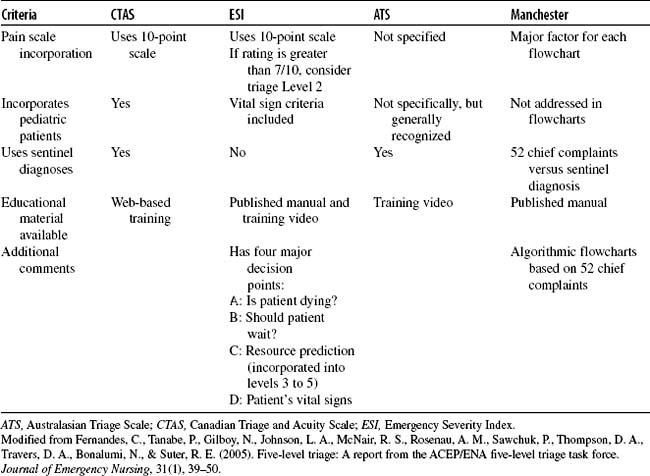


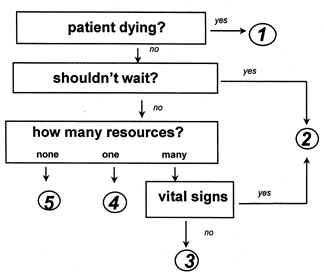







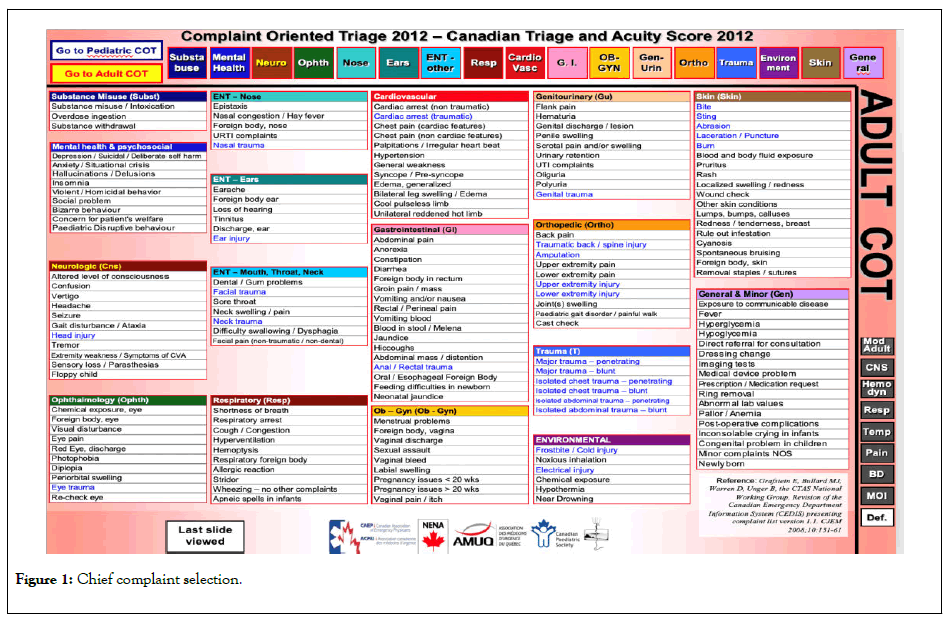
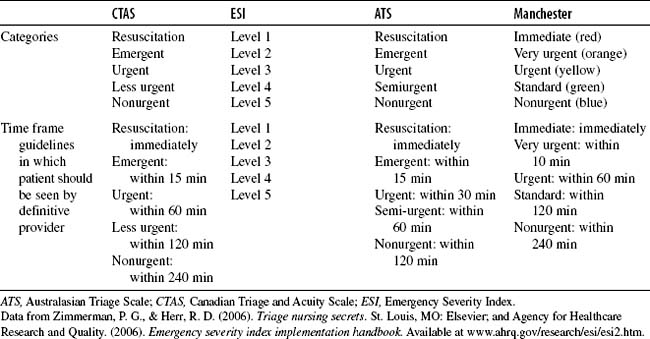

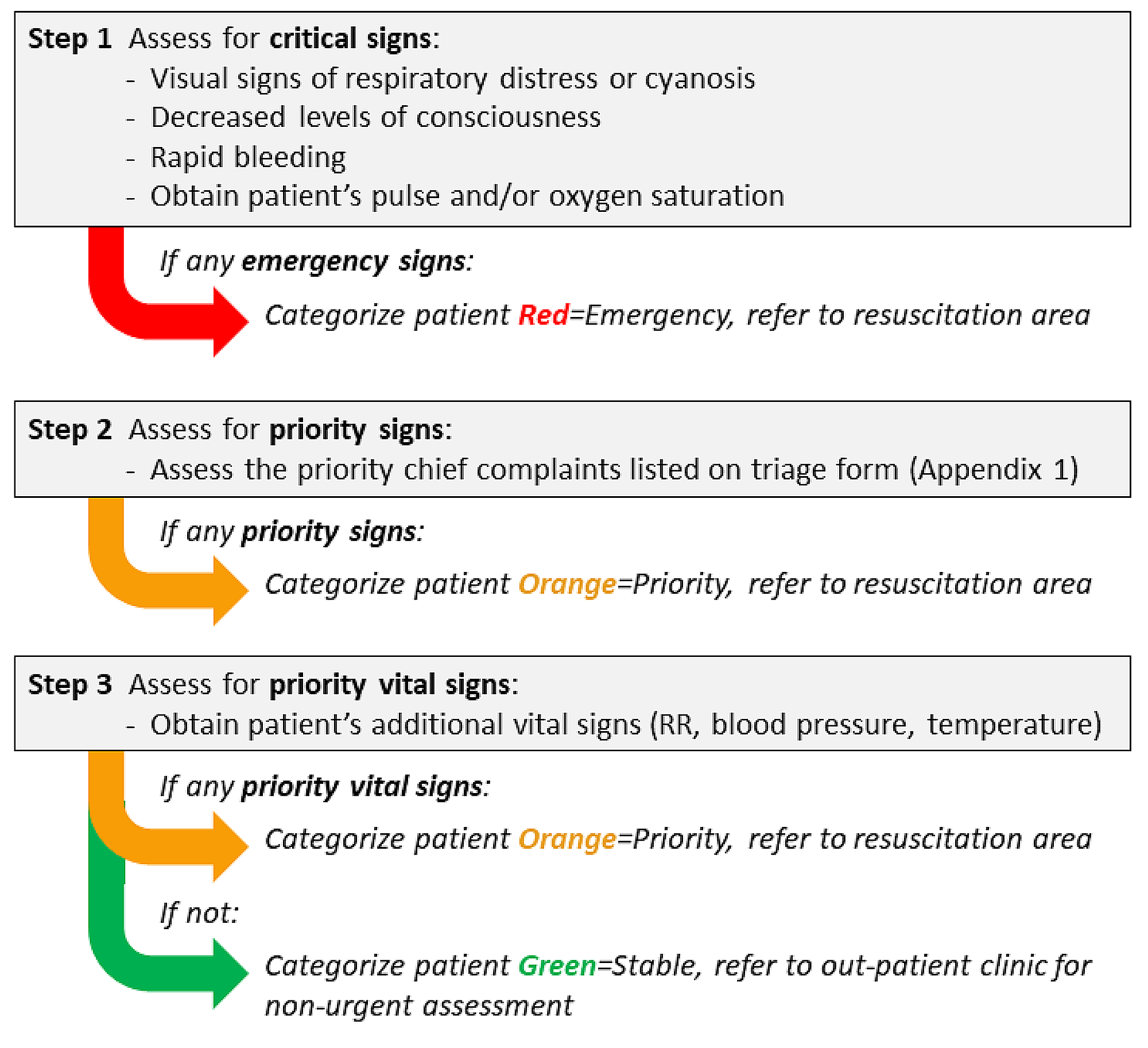
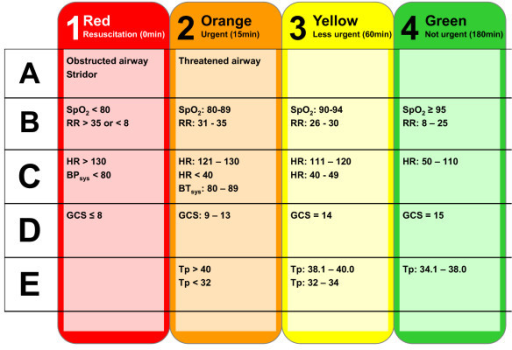








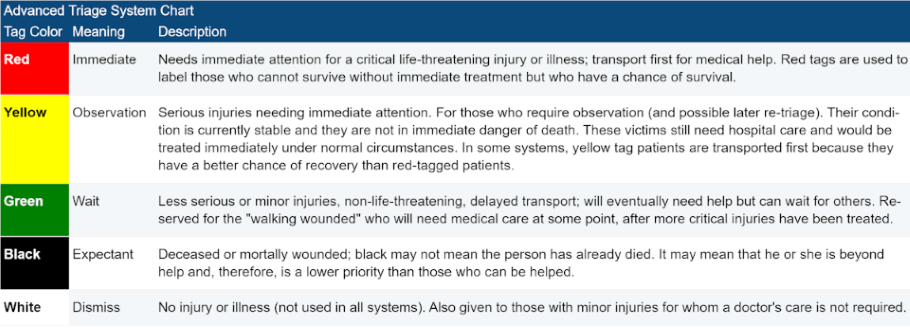

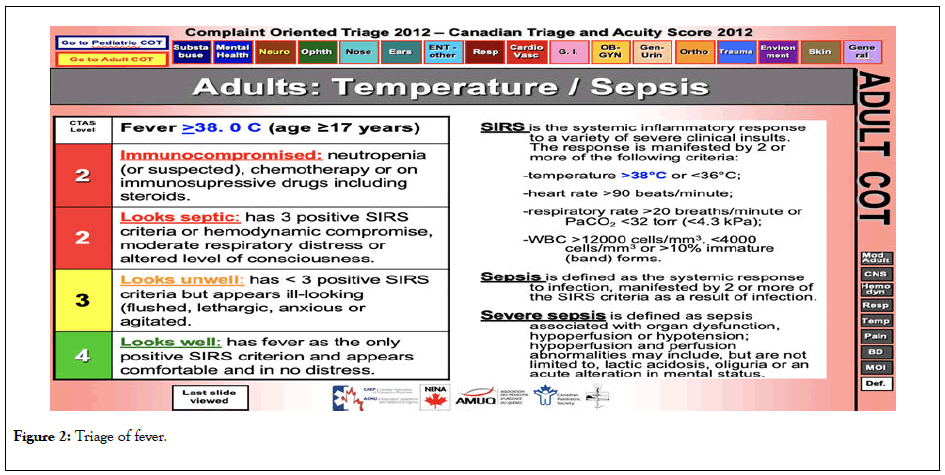


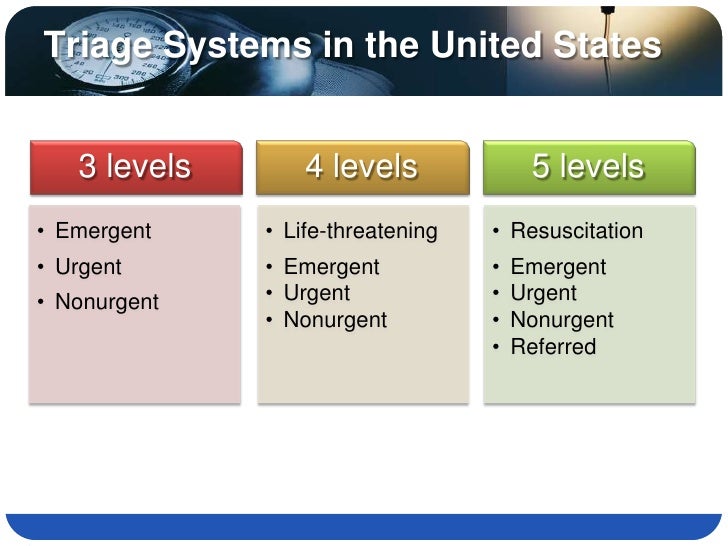
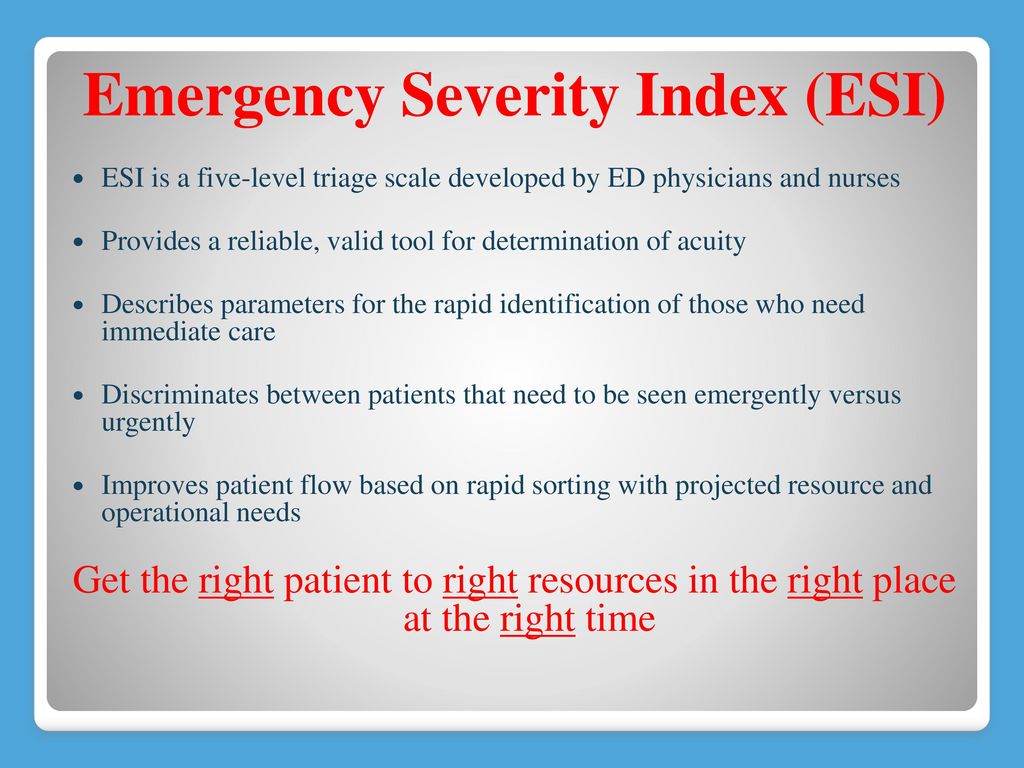





Post a Comment for "Five Level Triage System"